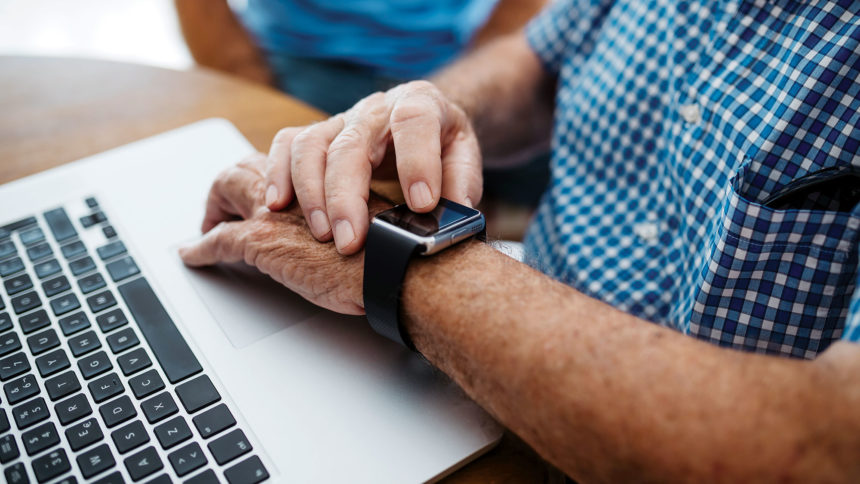
The senior living market is producing new kinds of devices at such a rapid clip that it’s a challenge just staying current with all of the constant upgrades of the “old” ones.
Most savvy senior users of these devices – from smart watches and scales and personal security to phones – can have a coherent conversation about all the bells and whistles yet know practically nothing of the very thing that drives their proliferation: data.
Data are driving not only innovation but also everything from organizational strategy to medical care.
New discoveries
An engineering executive at one tech company serving older adults and disabled individuals finds it easy to see how data are being used by government, pharmacies and insurance companies to predict health problems and prescribe medication or lifestyle changes.
One recent study, for example, confirmed that data mined in electronic health record systems now can predict ulcers better than conventional Braden techniques.
Interoperability will continue to be one of the most critical front-burner projects in senior care in the near future.
Some other notable data developments to watch, according to experts:
- Privacy and security protections will be top of mind, says Cynthia Morton, executive vice president for the National Association for the Support of Long Term Care.
- Continued pressure on tech companies to beef up wireless bandwidth, particularly in rural areas, says Majd Alwan, Ph.D., senior vice president of technology and business strategy at LeadingAge and executive director for the LeadingAge Center for Aging Services Technologies.
- Telehealth will see a resurgence in 2020 thanks to public and private pressures to reduce costs and increase critical access for seniors, Alwan adds.
- In skilled nursing, ongoing enhancements to intelligence and data analysis will be needed to maximize reimbursement under the Patient Driven Payment Model, says Andrew Carle, an adjunct faculty member at Georgetown University.



